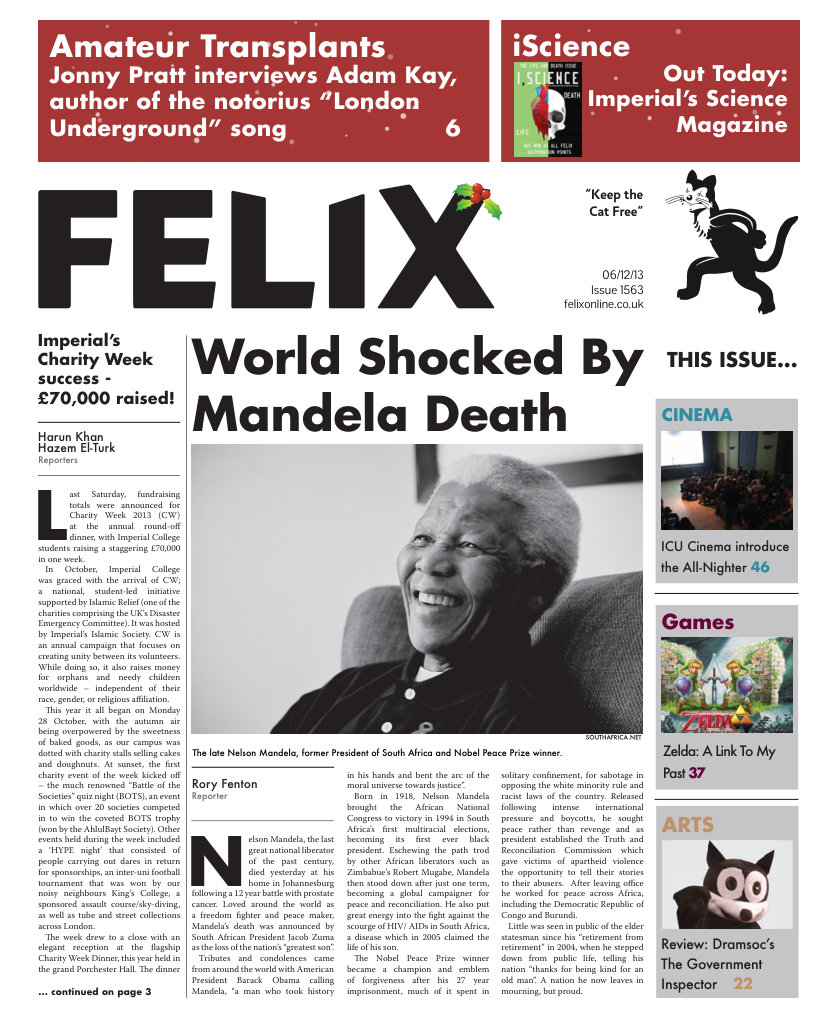Why solar cells prefer Adele over Beethoven
Could Miley Cyrus help lower your energy bills?” asked the Daily Mail. The answer: probably not, but ambient noise could increase the efficiency of solar cells, researchers at Imperial College and Queen Mary University of London have found.
Could Miley Cyrus help lower your energy bills?” asked the Daily Mail. The answer: probably not, but ambient noise could increase the efficiency of solar cells, researchers at Imperial College and Queen Mary University of London have found.
Professor James Durrant of Imperial’s Department of Chemistry spoke to Felix to explain the findings. “Myself and Steve Dunn from Queen Mary have been looking at piezoelectric effects, which are when mechanical strain gives an electric current – electric lighters are the example Steve always gives. There is evidence that these effects are helping in the field of photocatalysis, where sunlight is used to degrade pollutants. We were interested in whether this sort of approach might be applicable to solar cells, and whether sound might be able to induce this effect.”
Sound produces a strain which could induce a current in piezoelectric materials; however, due to the random orientation of sound waves and the fact that the high and low pressure effects could cancel each other out, the Imperial team were initially doubtful that it would significantly affect power output or efficiency. “Steve thought it would work,” said Professor Durrant, “but I didn’t believe it.”
To investigate the effect, they manufactured small solar cells containing zinc oxide nanorods, which are a piezoelectric material, and measured their response to different levels and frequencies of sound. They found that sound as low as 75dB, such as conversation or roadside noise, increased the efficiency of the cells, and that the best response was to sound at around 10kHz.
As music is usually played in Professor Durrant’s lab, the team also looked at the response of the cells to different kinds of music. “It’s not very scientific,” he admits, “as it’s hard to quantify the sound as the amplitudes and frequencies change.
Still, we found that the response to Adele was better than to Beethoven or traditional Persian music. At first we didn’t know why that was, but then found that electronically-synthesised music has more high-frequency sounds than classical.”
Though common silicon cells do not contain piezoelectric materials, they can easily be manufactured into newly-developed printed and polymer solar cells.
Dr Steve Dunn said, “after investigating systems for converting vibrations into electricity, this is a really exciting development that shows a similar set of physical properties can also enhance the performance of a photovoltaic solar cell.”
Next, the researchers will be looking to understand the mechanistic reasons behind the effect, and how it scales with different sound intensities.





